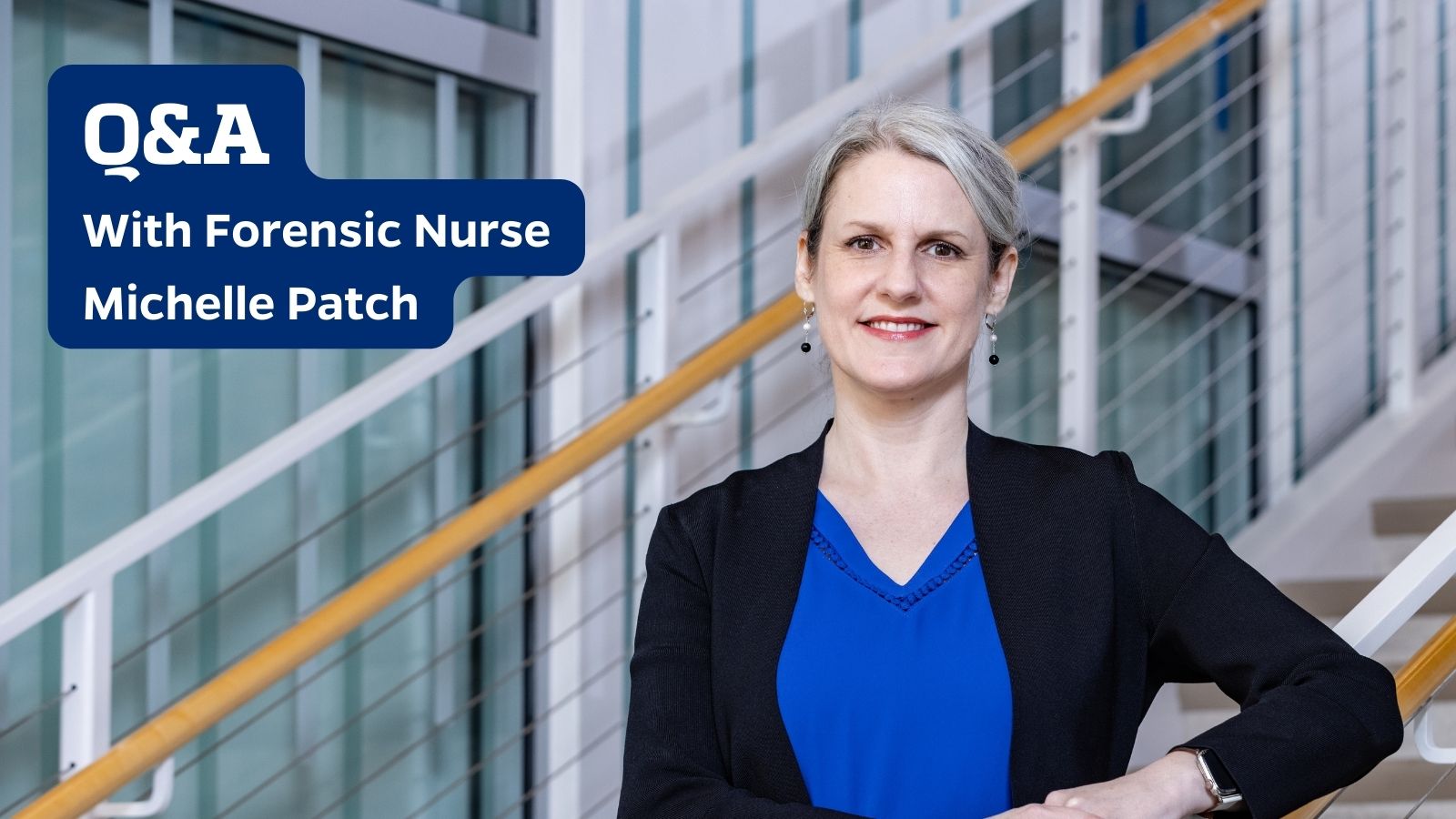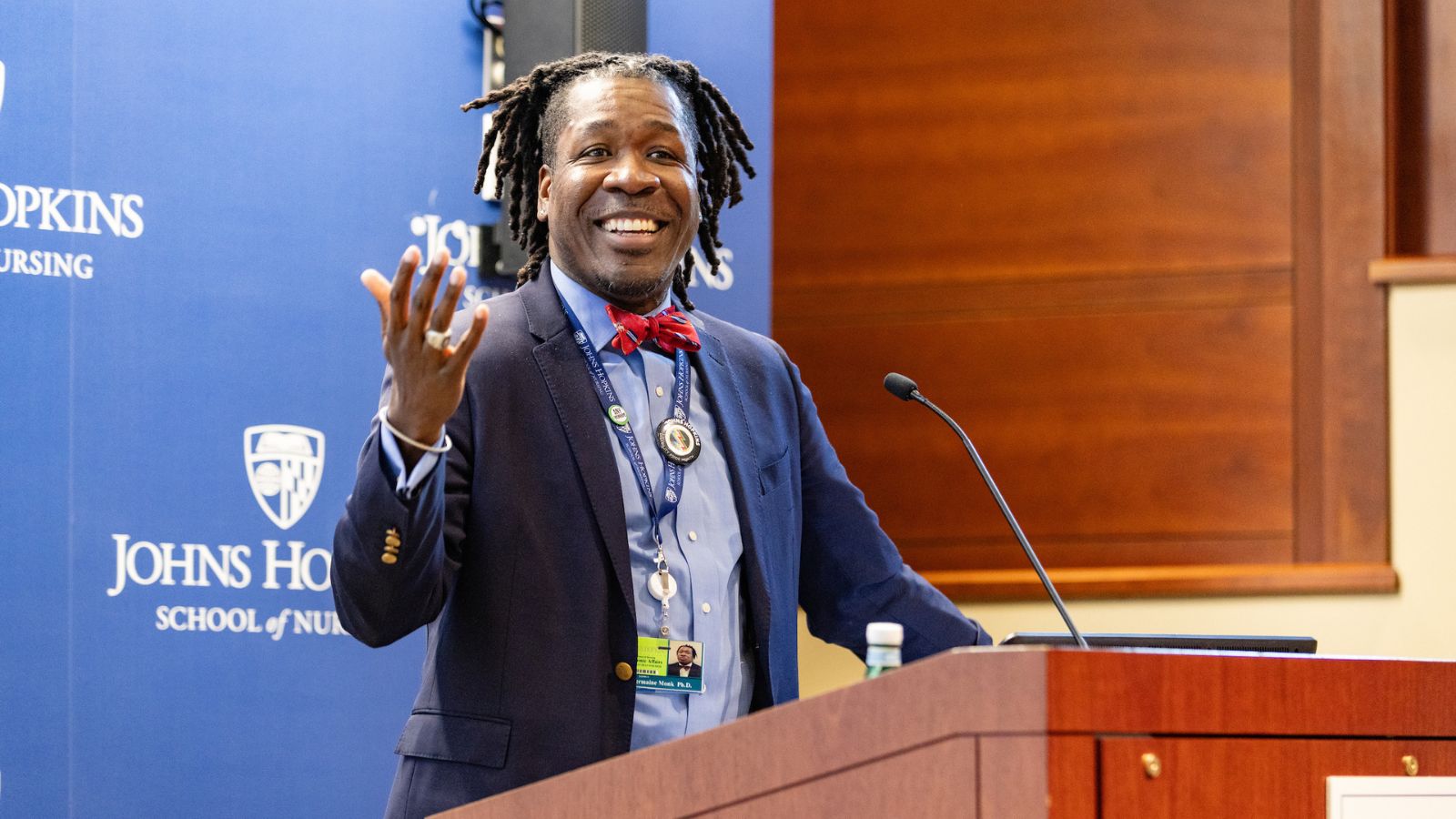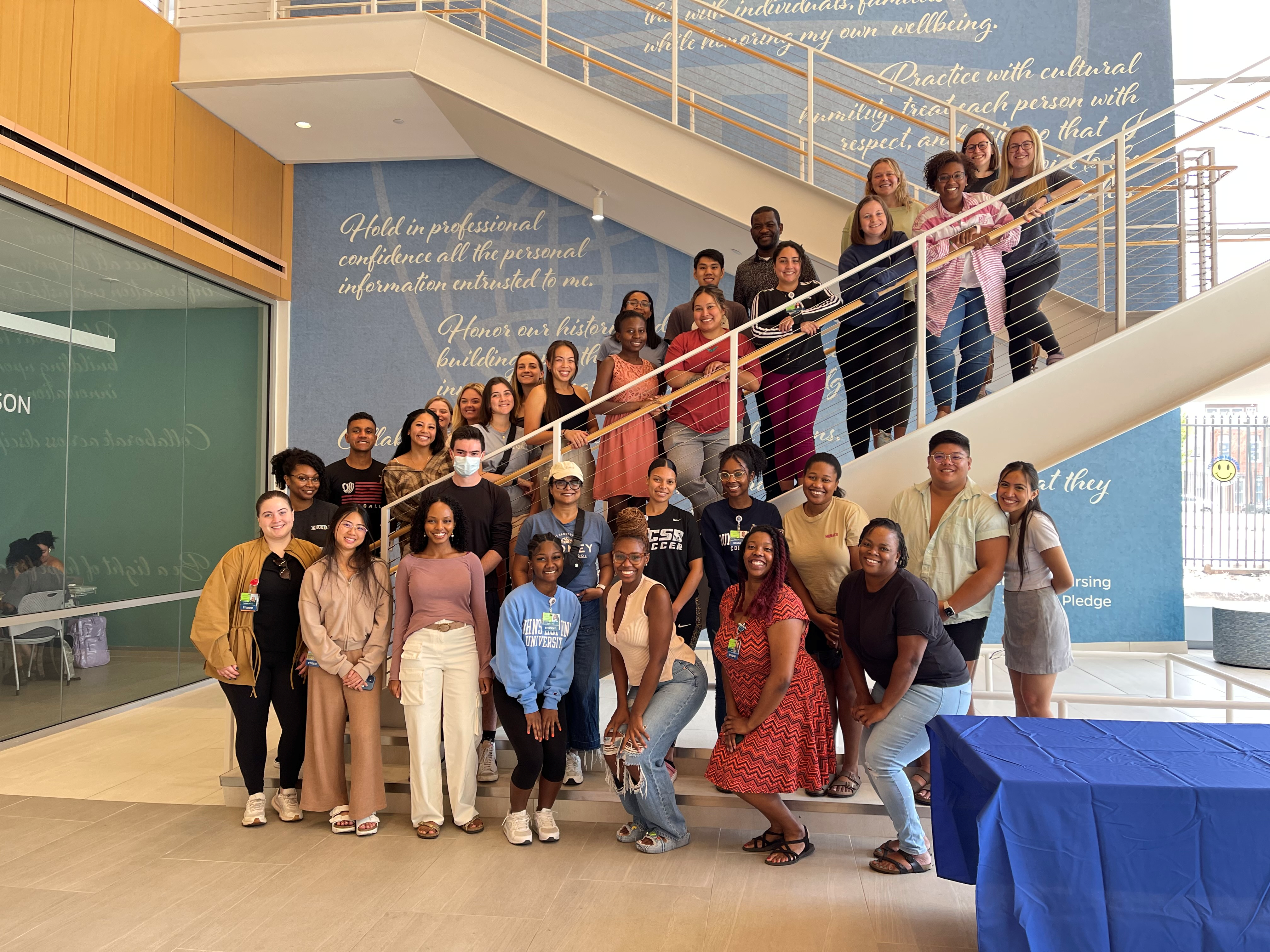We returned home from Haiti two days ago. It has always been true for me, over the past ten years and countless trips to Haiti, that the transition from Haiti to home is far more difficult than the transition from home to Haiti.
At the end of a visit, you leave Haiti. But Haiti doesn’t leave you. It has a way of clinging to your heart, never far away. This truth is even deeper in 2010, post-earthquake Haiti. Haiti haunts; it does not leave you alone. Memories are vivid: bandaged limbs of all sizes, odd surgical repairs, thick dust in the air as crews of Haitians sweep trash and shovel rubble, flies swarming wounds and IV bags in hospital wards that are open tents, patients limping from tent to latrine- holding tubing and bags of fluids, and more. Touching moments are plentiful- the kindness of neighbors, a mother singing hymns at her baby’s bedside, an adolescent with forehead laceration who is pleasantly surprised to see her photo: “Look, we’re still beautiful.” And much more.
It is hard to summarize the medical relief trip to Haiti. We were away for a little more than two weeks, with the mission of providing needed medical care post earthquake; it felt like two months. Each day was filled with the intensity of overwhelming work in unrelenting heat, all against the backdrop of profound sadness.
Thousands of people have died; thousands of people are maimed; thousands of children are left orphans.
Thousands have lost their loved ones- mothers, fathers, children, their homes and businesses, their city and country.
Thousands are living outside in makeshift tents, with their homes destroyed or damaged or with fear of the next aftershock. Practically the whole city is homeless, gathered into tent cities wherever there is space to be.
The city of Port-au-Prince and many surrounding towns are filled with huge piles of rubble that used to be buildings, buildings large and small that crumbled in the earthquake; unknown numbers of bodies are still buried in the rubble. Port au Prince has become a graveyard; we drive through this graveyard to get to work; people walk through the vast graveyard that is Port au Prince to get food, seek medical care, and fetch water. There are no longer bodies piled up and visible in the street, but there are entombed bodies everywhere.
International Medical Corps (IMC) has brought important medical care to the people at University Hospital in Port au Prince and to those in several clinics throughout the city and surrounding area. Our Hopkins team did what we could to help through IMC. It was a great privilege to be in Haiti among so many relief workers from around the globe. We most certainly made a contribution. My translator Denise said, “Thank you for coming. Without you, many more people would have suffered and many more would have died. We are sorry that we have nothing to give you; we can only thank you. God will thank you.”
The truth is, the real heroes are the men and women, boys and girls of Haiti who have survived and are working each day to pick up the pieces of their lives and go on. They will need a lot of help for a long time to come.

 Forging Policy: How Can Doulas Improve Black Maternal Health?
Forging Policy: How Can Doulas Improve Black Maternal Health? Q & A With Forensic Nurse, Michelle Patch
Q & A With Forensic Nurse, Michelle Patch Dr. Robert Atkins, Anna D. Wolf Endowed Professor
Dr. Robert Atkins, Anna D. Wolf Endowed Professor Forging Policy: Associate Dean Jermaine Monk and Education After Affirmative Action
Forging Policy: Associate Dean Jermaine Monk and Education After Affirmative Action The Learning Collaborative: ‘I Think I Can, I Think I Can …’
The Learning Collaborative: ‘I Think I Can, I Think I Can …’






